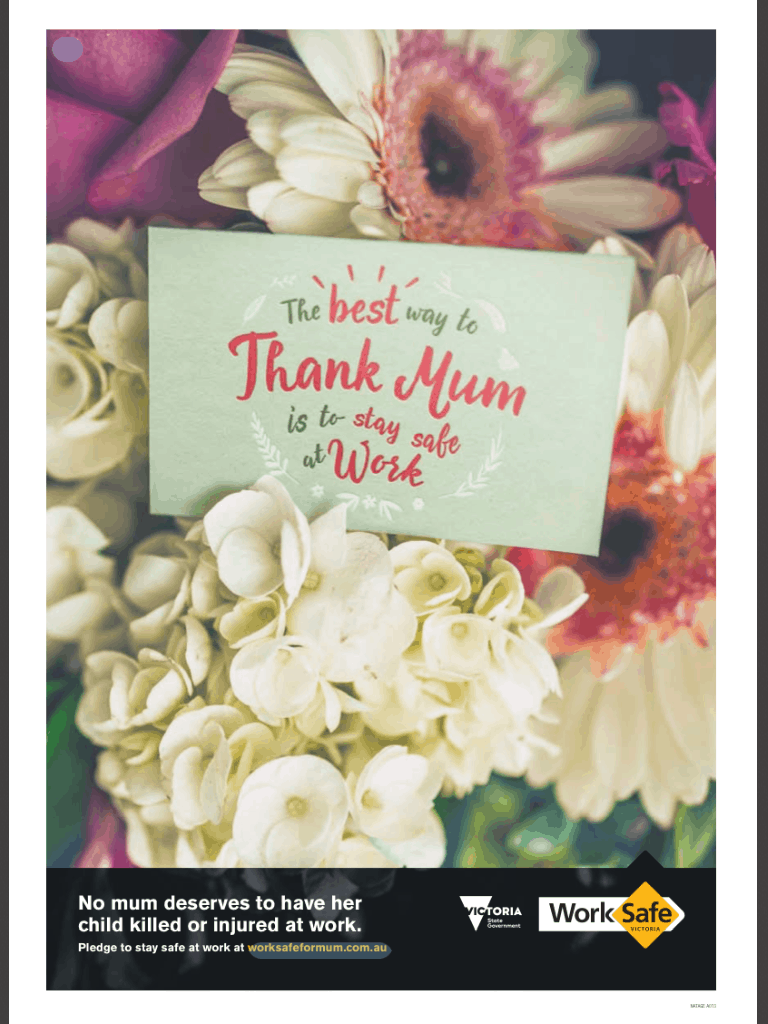 It has been my intention for many years to establish a conversational podcast with a workplace safety lawyer. The opportunity to pitch the idea occurred earlier this year and the first episode of Cabbage Salad and Safety is now available.
It has been my intention for many years to establish a conversational podcast with a workplace safety lawyer. The opportunity to pitch the idea occurred earlier this year and the first episode of Cabbage Salad and Safety is now available.
Siobhan Flores-Walsh of Corrs Chambers Westgarth (pictured right with the author) was the lucky lawyer and she has been enormously supportive also providing the recording equipment, personnel and opportunity. Continue reading ““Cabbage Salad and Safety” podcast launched”


